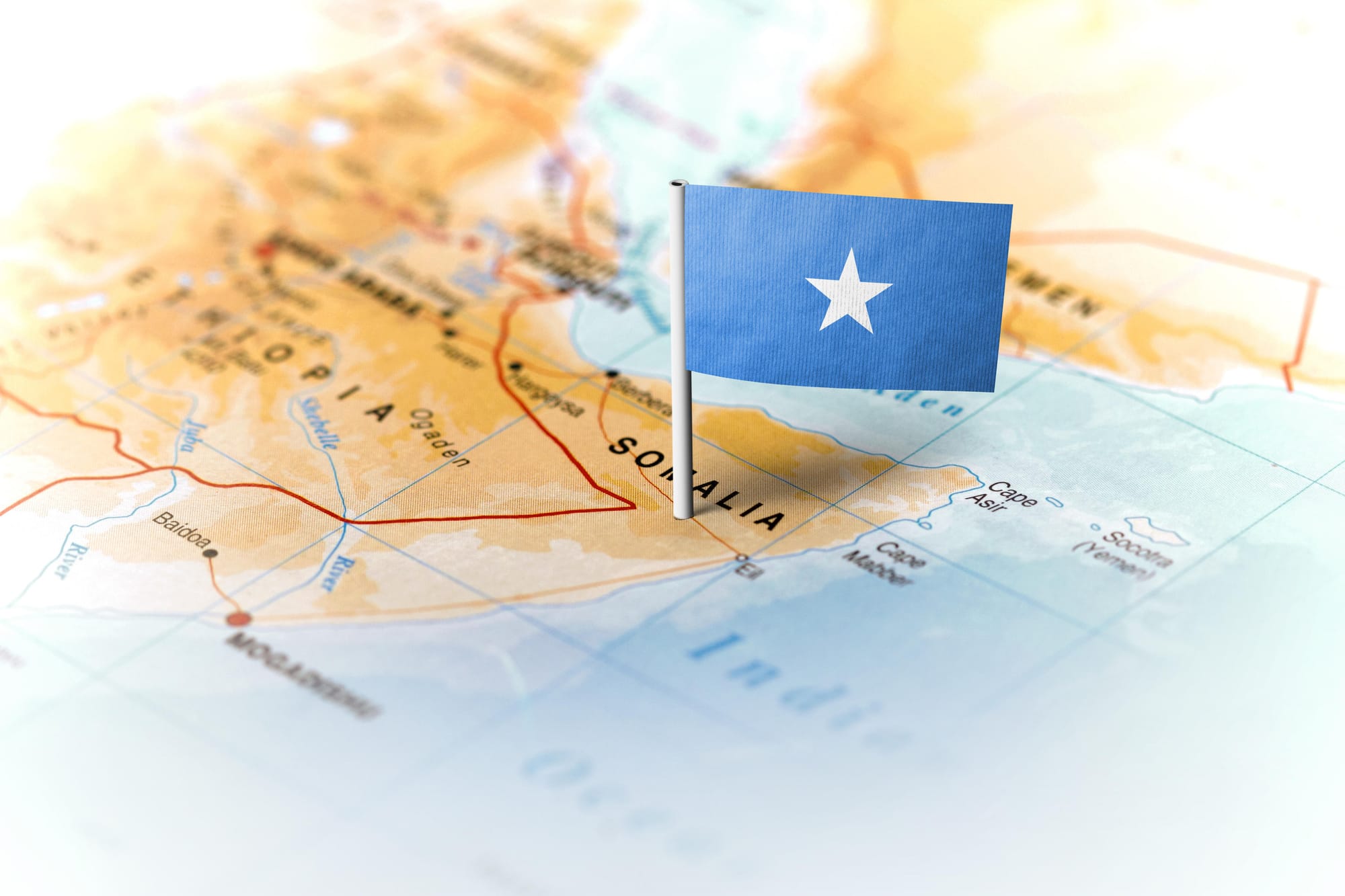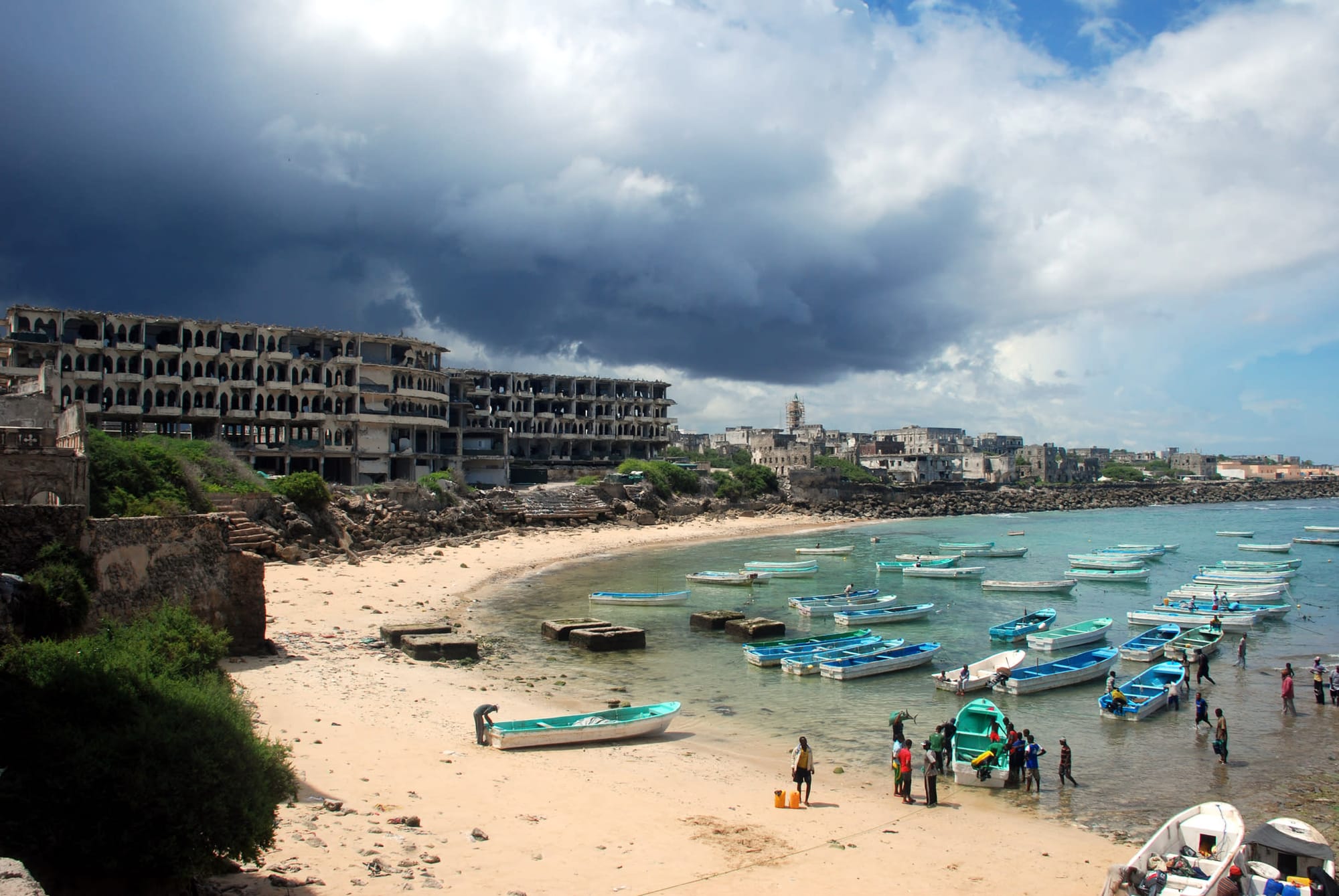
In the aftermath of the most devastating attack in Somalia’s recent history — the October truck attack in the capital, Mogadishu — questions are being asked of how authorities can approach security in the fragile state. The attack’s callous and devastating nature, in particular, provide a complex challenge to how officials can not only recover, but strengthen preventative measures as a bulwark against future attacks.
In the wake of the attack, Somalia's President, Mohamed Abdullahi "Farmajo" Mohamed, called for national unity. National unity in Somalia is a tough task, as the many failed state governments attest. But it's in creating this national unity that the raft of state-building tools should be utilised. Fostering a united state behind a state government is no easy feat, and the result needs to be a government that's viewed as legitimate and representative by the Somali people first and foremost. This will necessarily include an election model in which every person’s voice can be represented through universal suffrage.
Work in progress
Since the state’s collapse in 1991, Somalia has become a state-building construction site, and the process has intensified since the emergence of piracy in the mid-2000s. Yet, reforming the electoral model—a key tool in the state-building arsenal—has not been a priority. Instead, the same consociational-esque model has been revived and adapted for three consecutive Somali elections, including in Kenya in 2004, Djibouti in 2009, Mogadishu in 2012, and most recently in the February 8, 2017, elections.
Somalia’s 2017 elections marked the third revival of a questionable power-sharing election model. The "4.5" model is an articulation of consociationalism, whereby the power-sharing arrangement that incorporates the four largest clans and the rest of the

minority clans share the .5, or half representation collectively. The candidates will be selected by 135 traditional leaders who choose 14,025 delegates. These delegates will in turn elect 275 MPs and 54 senators to sit in Somalia’s bicameral government. The model is consociational-esque in that it attempts to sew together the social cleavages and to mitigate the effects of instability through guaranteed equitable political representation for all groups within society. Within the Somali social structure, the clan is the critical unit of analysis. The clan system is multifunctional, regularly noted as the method of identification among Somalis, but it's also so much more, a blueprint for the social structures from social interaction, to economic engagement and a system of customary law governance.
The system was billed as a bridging model to enable debate and initiate discussion about an election model in which Somalia’s extensive clan network would receive fair representation during the 1997 Cairo Accords and the Arta Conference in 2000. The Garrowe Principles in 2011 outlined the temporary nature of the 4.5 formula, noting in the first Garowe Conference that “the 4.5 formula shall never become the basis for power sharing in any future political dispensation” after the conclusion of the transition period in 2012. Moreover, not only is the formula temporary, but that the revival of the model is prohibited, noting the new federal government who will take over the reins in 2012 “shall not amend or enact any law or implement any policy that takes into account or attempts to reinstate the 4.5 power sharing formula”. Yet, five years later, the model is still utilised.

Minority clans disadvantaged
Reviving the 4.5 model continues the practice of politicising the clan system. Clan dynamics have often been manipulated for political purposes since colonial rule — a pattern set by colonial rulers and intensified by the Barre administration, which ignited civil warfare along clan lines. Yet the continued use of this model reinforces that clan connection should be a determining factor in governing the state. To continue to use the 4.5 model is to ensure these cleavages remain not only part of the political landscape but front and centre of any further discussion around election progress. Essentially, this model continues to reproduce segmentation along clan lines, and the prolonged use of this model will serve to entrench these patterns of dominance. Members from the minority clans are systematically disadvantaged. National unity under these conditions of uneven representation seems a pipe dream at best.
Reviving the 4.5 model continues the practice of politicising the clan system.
In particular, the Somali model affords clan elders a political platform in selecting the candidates, which risks further entrenching corruption as candidates attempt to buy votes. These elections in the early post-transition stage provide the foundation for future of Somali politics. Therefore, demarcating between clan and state needs to be the priority, and the prolonged use of the 4.5 model only hinders the stability of the administration and makes it harder for future administrations to draw a line between clan politics and politics.
Reviving the 4.5 model continues the practice of politicising the clan system.
The model lays the foundations of the current government, but also affects the trajectory of future governments; this reason alone means the composition and dynamics need to be correct. This has proven problematic in past administrations and is illustrated by expert discussions around composition of key bodies and processes within the 4.5 formula. Critically, concerns were raised about the membership to key bodies involved in constitutional processes such as the National Constituent Assembly and Independent Federal Constitution Commission, where clan membership trumped ability. This model lays the foundation for a cohesive state and will invariably play a role in shaping the future of these and other institutions
In the light of the recent October attack, perhaps now it's time for reflection on state-building efforts thus far, and what's needed to foster and strengthen national unity in the Somali state.
Stephanie Carver is a PhD candidate at Monash University.
This article was originally published by the Australian Institute of International Affairs.





